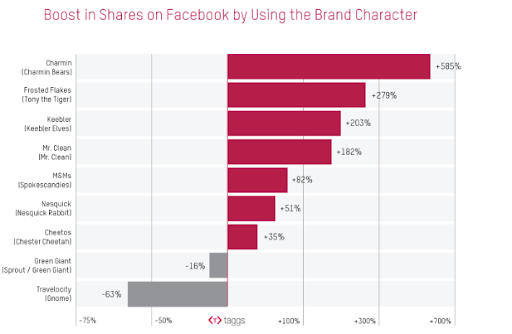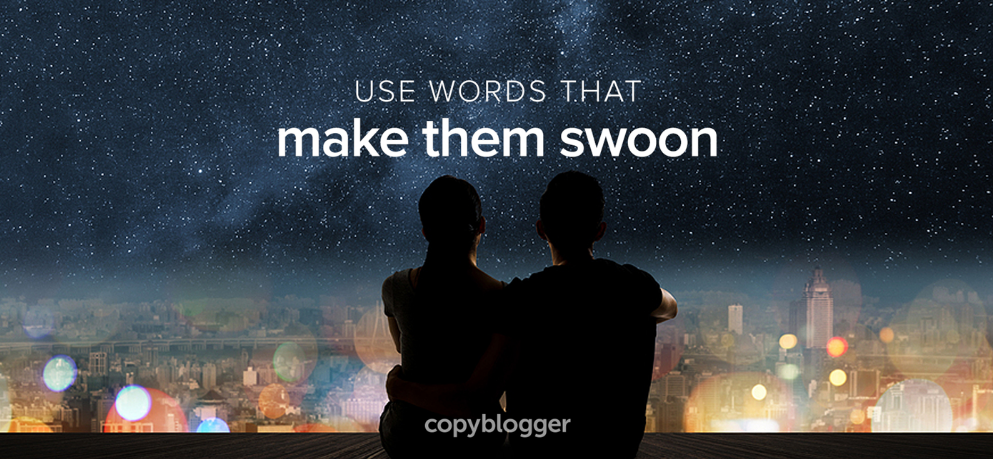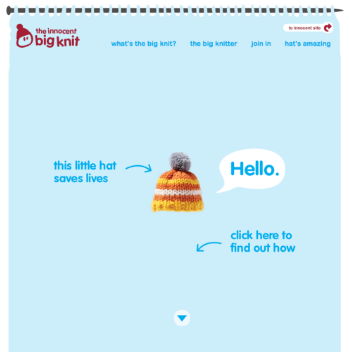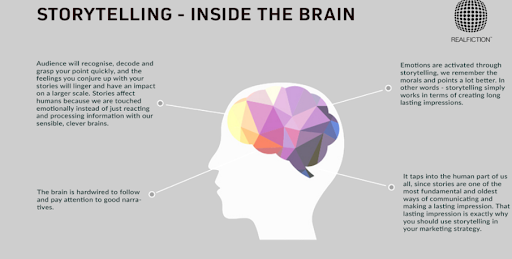How to Incorporate Storytelling in Content Writing

Do you want to improve your content? Well, one surefire way to do that is to tell a story and incorporate Storytelling in Content Writing- we are hard-wired to love them. If you are unsure if you should include this into your style, or if you don’t know how to do it, here are some interesting things you should know.
What is Storytelling Approach in Content Creation?

What is storytelling at all? We can all recognize a story – but what makes a story? Well, storytelling is an art of using words and visual aids to communicate an idea or a message. It often follows the standard pattern we all know from childhood. There’s a hero, there’s a villain and there’s a princess to save.
For example:
Earlier this month I met this girl named Becky. Now, Becky is a content writer and she was travelling to Spain for a writer’s symposium. Writers are usually more than excited to meet fellow writers, but Becky was not that chirpy.
Well, Becky works in a content writing agency. She felt like she was missing all of these opportunities and the real perks of being a writer. Becky said that she might even – *gasp* – hate writing now.
And you could tell that it wasn’t the usual love-hate we all feel sometimes.
So I offered her a way out – a chance to become a freelance writer, earn more and actually have fun writing.
All by taking this simple course.
…
And guess where Becky is now? Working from a beach in Dubai.
The way you tell a story in your content strategy is to present a hero troubled by something your content – and implying the product or service – can solve. You can transform dull tips into the pure gold of information.
What Makes An Authentic Story.
Now, before you can start writing good stories, you have to learn a few things:
- What’s unique about a business you are working for
- Something interesting about how it was founded
- The “aha” moments of the business
- Evolution of the business
- The problem their product or service can solve
This information will help you create a story that can be meaningful and interesting for the reader as well as help in implementing storytelling in content writing. Your story will have to be:
- True – In most cases, except for when you are telling a story about your imaginary buyer persona.
- Relatable – It has to be about how your products changed lives.
- Original – It has to be interesting and about your company.
- It has to serve customers.
Three Types Of Stories You Can Use
There are some tried-and-tested formulas that content writers often use in their writing. These are the three most popular story types:
- The opening story – An opening story is there to hook the readers to read your entire blog post. It usually has a short first sentence that grabs attention and sets the scene. Then it moves on to the main issue (that the target audience is familiar with) and ends with questions that help you transition to the main body of your content.
- The closing story – Using this story, you empathize with your readers. You present a problem that you had, show them how you found a solution and then show them the impact the solution had on your life.
- The explanatory story – Oftentimes the readers don’t know what their problem is. So, this type of story helps them understand.
Why Content Creators Should Care about Storytelling in Content Writing
Telling a story is the most fundamental and primal way of transferring information. It triggers chemicals in our brain that we tie to happiness and excitement. So, instead of just stuffing numbers and stats down your reader’s throats, you are leading them through the information with a narrative that makes sense. Stories teach – that’s what they’ve been doing for centuries now. Stories make an impact.
Need more reason? Here are some:
- Stories help you build a connection with an audience
- They are a powerful method of teaching
- They help marketers engage with an audience and stand out
“Telling a story is the most powerful writing tool to date. Just look at some of the great advertising minds – they all told stories and they sold products and services based on that,” says Julie Meadows, a content writer at Assignment Help.

How Can Content Creators Achieve Storytelling
Here are some simple tips on achieving great storytelling by including storytelling in content writing:
- Grab attention
Start your content with a story – but make sure that the first sentence stands out. Try one of these:
- A question – “Have you ever faced a writer’s block?”
- A statistic – “75% of writers fear blank page and 99% of them had a writer’s block at least once in their life.”
- A quote – “Writer’s block – when your imaginary friends won’t talk to you” Anonymous
- An anecdote
This is a great example of a good start from this article.
Use a great visual
Visuals help readers immerse themselves in your story. While this is not really writing, visuals are very important.
Here are some tips on choosing the right image:
- It has to be relevant to the topic of your content
- Match the image to the brand’s style
- Avoid stock photos and pick one that tells a story
- Add a quote to the image to improve the impact of the image

Weave the brand’s personality into the content
Match the story to your brand’s personality – if your brand is quirky, for example, make sure the readers can see that in your content.
“People essentially care about other people. They want to hear their stories. How they failed, how they succeeded – everything,” says Merry Andrews, content writer at OXEssays.

Center the story around the WHY
Your what won’t make much sense if you don’t ace it on the why.
What this means is that you need to explain why you are doing what you are doing. For example, you are selling vintage journals. But why? You can’t say it’s all about profits because it’s not.
It’s about the magic of handwriting, the pen pressed firmly against the yellow, withered paper and the leather which smells like Paris on a rainy day.
You are selling vintage notebooks because you want to give writers the opportunity to feel the charm of the old days, a piece of history, an inspiring way to write.
There – you aced the why.

Use testimonials
When lacking a good story, it’s always good to use the one that’s already there. You can take testimonials and turn them into a quick story intro to your content.
Make sure you point to the source so the readers will have social proof.

Keep it simple
Your stories don’t need to be super-complicated. It’s all about presenting the problem and the solution in a compelling way. So, there is no need to involve much characterization or descriptions that do nothing for the reader.
Keep in mind that every sentence has a purpose – if it doesn’t, it’s not supposed to be there.
Tie everything in nicely with a solution
If you tell a story at the beginning, make sure that you provide a conclusion. Just imagine if our Becky story didn’t have that happy ending – would you be as impressed by the course the story is offering?
Probably not.
Always tell a story ’till the end.
Edit and proofread
Once your content is done, you need to edit and proofread. There might be some fluff stuck there between the teeth of the content or some chips of grammar and spelling mistakes. All of these decrease the power of your story’s smile. Fix it.
- ViaWriting and WritingPopulist are grammar resources that will help you ace the grammar in your content with expert tips and tricks.
- Academized and Paper Fellows are online proofreading tools recommended by Ukservicesreviews.com. There’s nothing better than someone else reviewing your work for you.
- SimpleGrad and State Of Writing are blogs with useful suggestions on writing which will help you improve your storytelling and content writing skills.
- Write My Paper and Business Assignment are editing tools adored by Australianhelp. And for a good reason. They select the fluff and throw it out before anyone gets to see it.
- My Writing Way and LetsGoAndLearn offer plenty of writing guides which can help you create amazing and powerful stories.
Which Benefits To Expect From Storytelling In Content Writing
Once you start telling stories as a content marketing strategy, you will start to see numerous benefits of it. Here are some of them:
- Your audience will relate to you on a deeper, more personal level
- They will engage with you more
- It will raise your brand awareness
- It appeals to the emotional side of thinking which is often responsible for making a decision upon purchasing
- People will keep returning for more.
This isn’t a new concept – after all, it’s been here for ages. But using it as a content marketing tool, you can see better results in engagement and eventually sales. Storytelling can help in all stages of buyer’s journey – and you should definitely use it as a trusted tool.



Nicely researched and then served to the audience. Not all bloggers do this. Thanks for delivering the genuine information.
Perfect post. I enjoyed reading this. Much thanks for sharing this. Your readers will appreciate you for posting this. Keep spreading goodness with your articles 🙂
This design is incredible! You obviously know how to keep a reader entertained.
Between your wit and your videos, I was almost moved
to start my own blog (well, almost…HaHa!) Fantastic job.
I really loved what you had to say, and more than that, how you presented it.
Too cool!